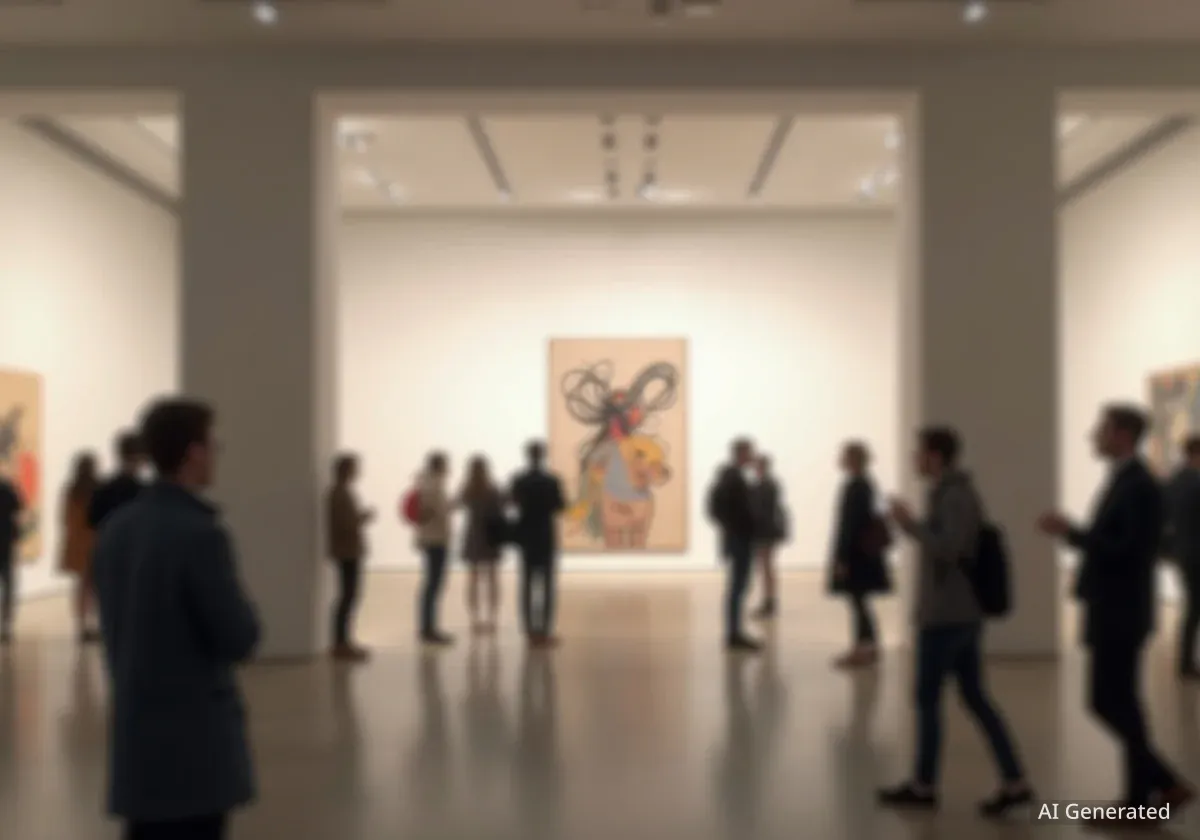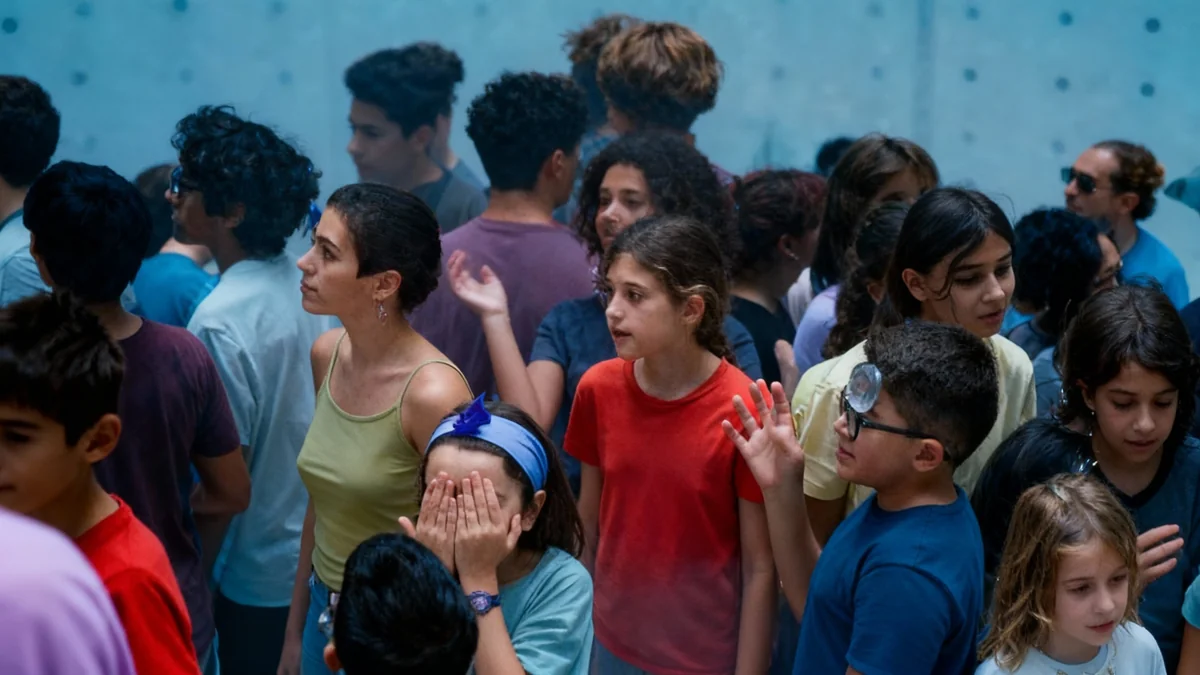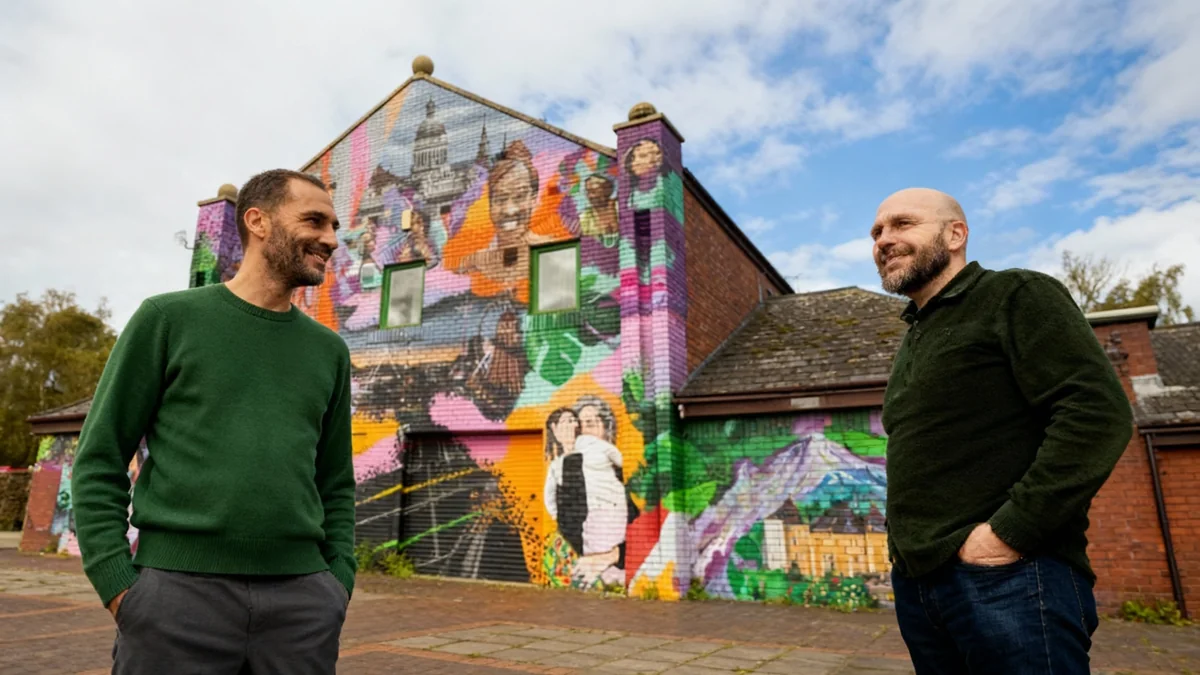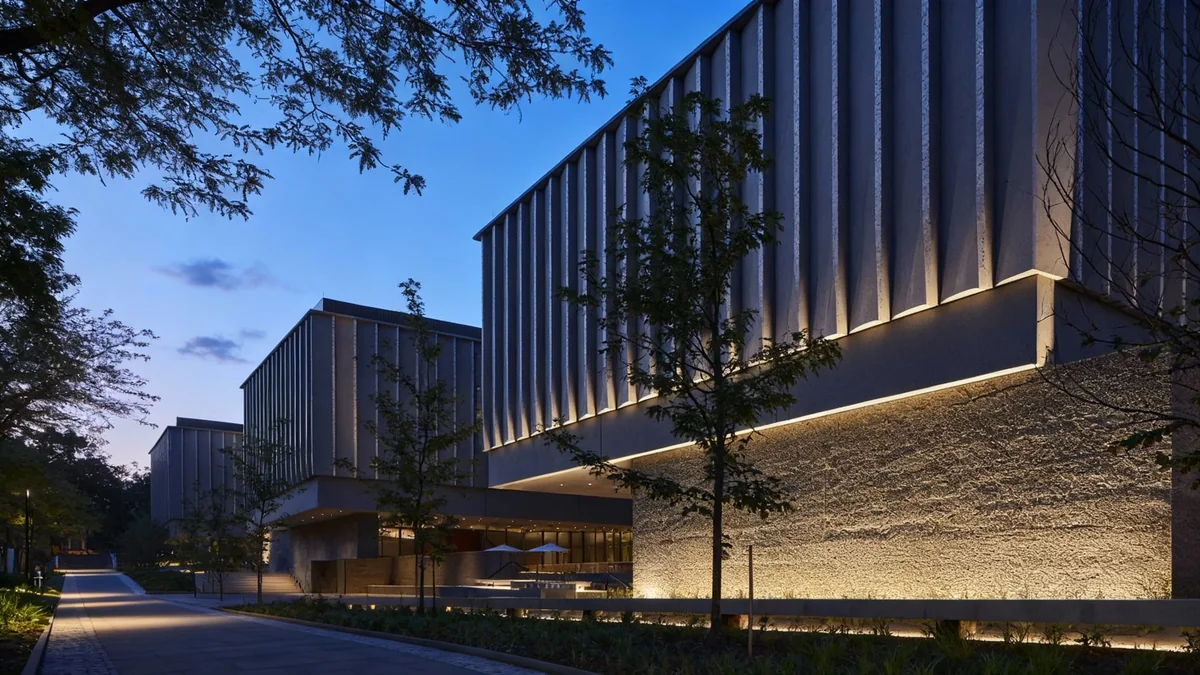A new initiative in London called the Artist Membership Project is using a network of lockboxes to allow artists to share membership cards for major cultural institutions, including the Tate Modern and the National Gallery. The project, created by curator Ben Broome, aims to help artists bypass high exhibition entry fees amid declining incomes in the creative sector.
Key Takeaways
- The Artist Membership Project provides shared access to nine major London art galleries via lockboxes.
- Founded by curator Ben Broome, the project helps artists facing high ticket prices, which can exceed £18 per exhibition.
- A 2024 study indicates the median annual salary for UK artists is just £12,500, a 40% drop since 2010.
- Museums state the practice violates their terms and conditions, citing the financial necessity of ticket sales.
- The project has over 600 members and has prompted dialogue with institutions like the Barbican.
A Guerrilla Solution to Gallery Access
The Artist Membership Project operates through a simple yet effective system. Lockboxes are attached to public fixtures, like railings, near participating museums. Inside each box is a membership card that grants free entry to special exhibitions.
Members of a private WhatsApp group, now numbering over 600, receive the locations and access codes for these boxes. After using a card to get a ticket, they are expected to return it to the lockbox for the next person. Founder Ben Broome describes the initiative as "part mutual aid project, part artwork."
The idea originated after a conversation Broome had with a recently graduated artist. "I asked if she had seen the Ed Atkins show at Tate Britain," Broome recalled. "She replied that she’d have loved to have gone but it cost £18 and simply couldn’t afford that." This exchange highlighted a significant barrier for the very community these institutions aim to inspire.
Project Funding and Scope
To launch the project, Broome contacted a dozen friends who run commercial art galleries and asked them to donate £100 each. The funds were used to purchase memberships for nine prominent London institutions, including Tate Modern, Tate Britain, the Courtyard Gallery, the National Gallery, and the National Portrait Gallery.
The Economic Reality for UK Artists
The project addresses a growing financial crisis among UK artists. According to a 2024 study, the median annual income for artists has fallen to £12,500. This represents a 40% decrease since 2010, making non-essential expenses like exhibition tickets a luxury many cannot afford.
Broome argues that while museums need revenue, charging artists for entry is counterproductive. "I just think that the act of charging artists is alienating the very audience that makes these institutions great in the first place," he stated.
Visitor numbers at Tate sites have not fully recovered post-pandemic, remaining down by over 30% since 2019. Broome suggests his project brings in people who otherwise would not visit at all, posing no real loss of revenue. "The audience who are using the membership scheme, they’re just not coming to your institution anyway," he explained. "So it’s better to get those people through the door."
He points to international examples as a potential model for a solution. The Museum of Modern Art (MoMA) in New York offers a heavily subsidized membership for artists who can provide evidence of their practice, such as a website or social media profile.
Institutional Responses and Terms of Service
Major London art institutions have responded to the project by reiterating their policies. Representatives from the Tate, the Royal Academy, and the V&A confirmed that sharing membership cards is expressly forbidden under their terms and conditions.
A spokesperson for the Tate emphasized the importance of paying visitors. "Unlike many museums abroad, the UK’s national museums are free to all, including to artists… This is only possible because of the support of our members and the income generated by our exhibitions." The institutions also noted that they offer concessions, including reduced prices for individuals under 25 or those receiving benefits, as well as occasional free entry days.
"It’s a little bit clandestine, it’s a little bit punk. There’s a sprinkling of low-level anarchy to the project. That’s why people have responded so well to it, because it does feel somewhat divisive or uncouth." - Ben Broome, Founder, Artist Membership Project
Broome acknowledges the financial pressures on museums, attributing the situation to broader systemic issues. "They are intertwined, both of these things are rooted in governmental failures," he said.
A Catalyst for Change?
Despite the official stance against the project, there are signs that it is prompting discussion within the arts community. Gilane Tawadros, director of the Whitechapel Gallery, expressed understanding for the initiative.
"I fully understand the need for artists to share resources as ticket prices for exhibitions are often prohibitively expensive and being able to go and see work is vital," Tawadros told the Guardian. "I think it would be great for arts institutions to consider as many ways as possible to support and nurture our artist communities."
The Barbican Centre initially took action against the project by cancelling Broome's membership card after detecting "suspicious activity." When he crowdfunded a replacement under a new name, that card was also cancelled. However, the institution's position appears to have softened. A spokesperson recently stated that the gallery will reach out to Broome to "explore options."
Broome maintains that the project's goal was not to create a permanent free-access system but to highlight a problem. "It was designed to show the precarity of artists and that there is a need for an alternative model – which I think it has done," he concluded. The project's physical limitations, such as water-damaged cards and seized lockboxes, underscore its intentionally temporary and provocative nature.




